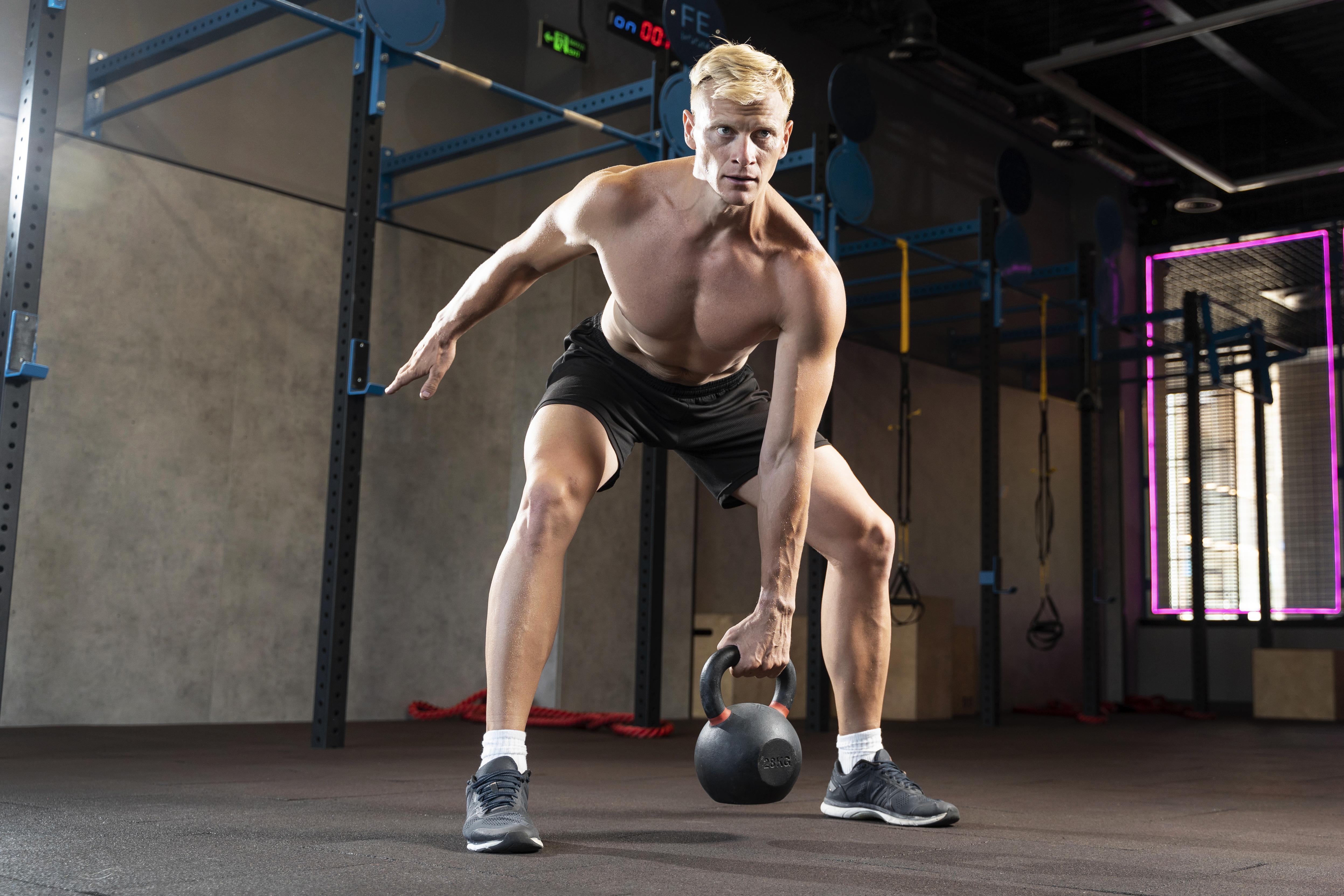Are you someone who sticks to the same gym equipment at the commercial gym and avoids trying out other equipment, like kettlebells, out of fear or embarrassment? Well, there's no need to worry! Trying out new fitness equipment is perfectly fine, and there's no shame in it. If you need help getting started with kettlebells, don't hesitate to ask someone working out for assistance. But if asking someone is a big deal for you, then we are here to tell you how to use those kettlebell weights effectively.
Basics always start with knowing the parts well.
COMPONENTS OF A KETTLEBELL
- Handle: The portion of the kettlebell that you hold onto while you work out is called the handle. For workouts that need the use of both hands, it is usually wide enough to accommodate both.
- Corners: The handle and body of a kettlebell both feature rounded corners. To avoid pain or harm while exercising, make sure these corners are round and not sharp.
- Horns: What you see on either side of the handle is what's called the horn. They allow you to switch up your hand posture during exercises like the kettlebell clean or kettlebell row by giving you more alternatives for grip.
- Window: The area between its handle and the rest of its body. The hole is there so you may put your hand in and hold on to the handle tightly. The kettlebell's brand and design determine the window's size and shape.
- Bell: The kettlebell's central component is the bell. When you work out, it swings or moves. The cast-iron bell, which resembles a cannonball in shape, is usually spherical.
- Base: When not in use, the flat surface of the kettlebell that lies on the ground is called the base. It keeps the kettlebell from shifting around while you work out or put it away.
WHICH KETTLEBELL TO USE FOR BEGINNERS?
When you first begin using a kettlebell, it's best to start with a weight that will challenge you without putting too much strain on your form or safety. The standard starting weight for men is 16 kg, while women have the option of starting with 8 or 12 kg. As your strength and self-assurance improve, it's wise to gradually increase the weight.
TIPS WHEN GETTING STARTED ON USING KETTLEBELLS
Learn Proper Form: Before doing kettlebell exercises, understand proper form and technique. This will ensure proper movement and limit injury risk. Ask a trained kettlebell instructor or fitness professional for proper workout technique.
Start with Light Weights: Beginners should start with lighter kettlebells to focus on technique and form. This will help you improve strength before adding weight. Starting with a 16 kg kettlebell is appropriate for men and 8 kg or 12 kg for ladies.
Warm Up: Like any workout, kettlebells require warming up. A few minutes of dynamic stretches like arm circles, leg swings, or hip rotations will stimulate blood flow and prepare your muscles for the workout.
Master the Basics: Start with kettlebell workouts that work various muscle groups and build strength. Two-handed kettlebell swings, goblet squats, deadlifts, and Turkish get-ups are beginner-friendly. These exercises improve movement and body awareness.
Quality over Quantity: Technique matters. Focus on form rather than speed during each exercise. Maintain good posture, engage your core, and move smoothly.
Monitor Your Body: Notice how kettlebell training affects your body. Take a rest and see a doctor if you hurt. Be mindful of your body's limits and advance at your own speed.
Stay Consistent: Kettlebell training works best when you're consistent. Try to workout 2-3 times a week and progressively increase the duration and intensity.
ALL IN ALL
When it comes to trying out new gym equipment, such as kettlebells, having a professional instructor walk you through the process can be really helpful. They are familiar with proper form, technique, and safety regulations. Their experience allows you to avoid typical mistakes and optimize the effectiveness of your workouts..




